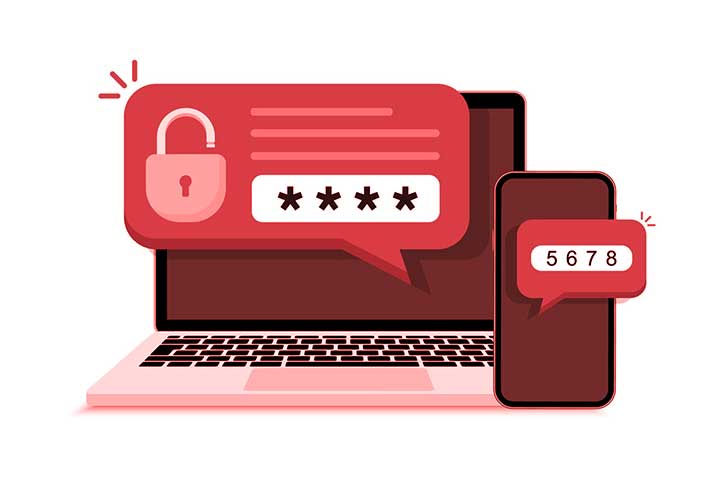Passwordless Authentication: What It Is and How It Works?

The traditional username and password combination that we have all grown accustomed to is rapidly becoming outdated. This is where passwordless authentication comes into picture. It represents a modern approach to verifying user identity without relying on memorised passwords.
Instead of typing in complex combinations of letters and numbers, users can prove their identity through various other means, making the login process both simpler and more secure.
Understanding Passwordless Authentication
Passwordless authentication is a verification method that eliminates the need for traditional passwords while ensuring secure access to applications, devices and systems. Rather than asking users to remember complex passwords, this approach uses alternative methods to confirm someone’s identity.
Think of it like using your fingerprint to unlock your smartphone – you don’t need to remember anything, yet your device remains secure.
How Does Passwordless Authentication Work?
The magic behind passwordless authentication relies on a system called public-key cryptography. When a user sets up their account, the system creates two special keys: a public key (like a padlock) and a private key (like the key that opens that padlock).
The public key stays with the application or website, while the private key remains securely stored on the user’s device.
Every time the user wants to log in, their device proves it has the correct private key through various methods without ever sharing the key itself.
Common Passwordless Authentication Methods
Biometric Authentication
Perhaps the most familiar form of passwordless authentication, biometric authentication use unique physical characteristics to verify identity. This includes fingerprint scanning, facial recognition and even voice recognition. These methods are particularly secure because biological features are extremely difficult to replicate.
Magic Links
This method sends a special login link to your email address. When you click the link, the system recognises that you have access to the linked email account and logs you in automatically. It is like having a unique, one-time-use key delivered straight to your inbox.
Authentication Apps
These smartphone applications generate temporary codes that change every 30-90 seconds. When logging in, users simply enter the current code shown in their app.
Since only their specific device can generate the correct code, this proves their identity without needing a password.
Hardware Tokens
Small physical devices, often in the form of USB keys or key fobs, serve as tangible proof of identity. Users simply plug in or tap these devices to verify themselves, similar to using a physical key to unlock a door.
Benefits of Passwordless Authentication Methods
Enhanced Security
Without passwords to steal or guess, many common cyber attacks become ineffective. Hackers can not use phishing scams to trick you into revealing your password because there is not one to reveal.
Better User Experience
No more frustration from forgotten passwords or complex password requirements. Logging in becomes as simple as scanning your finger or clicking a link.
Reduced IT Support Needs
Organisations spend less time helping users reset forgotten passwords or dealing with locked accounts. This saves both time and money while keeping everyone more productive.
Future of Passwordless Authentication
As technology advances, methods of security that don’t require a password are getting smarter and easier to use. Many major technology companies are already embracing this trend, with some predicting that traditional passwords will eventually become obsolete.
Organisations are gradually transitioning to passwordless authentication solutions, recognising their potential to enhance both security and user experience.
While the initial setup might require some adjustment, the long-term benefits make this transition worthwhile for many businesses and their users.
Conclusion
The shift toward passwordless authentication represents more than just a technological change – it is a fundamental transformation in how we think about digital security.
By moving away from memorised passwords to more intuitive and secure methods of verification, we’re making digital access both safer and more convenient for everyone.
Also Read: How Secure Is Your Password Manager?
